A once-promising initiative that brought fresh, locally grown food to schools, food banks, and underserved communities across Nevada—including Fallon—has been shut down following the withdrawal of federal funding.
The program, known as Home Feeds Nevada, was part of a larger initiative by the Nevada Department of Agriculture to strengthen local food systems, support small-scale producers, and enhance access to fresh foods in rural areas. It was funded through two federal programs: the Local Food Purchase Assistance Cooperative Agreement and the Local Food for Schools initiative. Together, these programs directed more than $8 million to Nevada over the past two years.
That funding was unexpectedly cut earlier this year by the U.S. Department of Agriculture, leaving the state unable to sustain ongoing operations. As a result, Home Feeds Nevada and similar food distribution efforts are coming to an end as the remaining funds are exhausted. The Nevada Department of Agriculture has confirmed that the program will close by June 30 unless alternative funding is secured.
The Nevada Department of Agriculture explained that with federal funding no longer available, there are currently no resources to continue operating the Home Feeds Nevada program. While the program technically still exists, there are no funds to support its implementation.
In Fallon and surrounding counties, Home Feeds Nevada helped provide locally grown meats, fruits, and vegetables to food pantries and school lunch programs. Many of these communities, including tribal partners like the Fallon Paiute Shoshone Tribe, had come to rely on the consistency and quality of local food sources made available through the program.
The Nevada Department of Agriculture has begun exploring options to preserve certain aspects of the program, including potential state appropriations and private donations; however, no decisions have been finalized. Without intervention, the infrastructure built over the last two years—relationships, distribution routes, cold storage coordination—will begin to unravel.
The loss of the program also raises concerns for summer and fall food access in rural Nevada, especially as federal pandemic-era nutrition expansions wind down. Programs like the Summer Food Service Program (SFSP), which provides free meals to children when school is out, remain intact but are now missing a key local sourcing component that improved both nutrition and regional food security.
As the state looks ahead, agricultural leaders and community organizations are urging lawmakers and private partners to find a path forward—before the progress made is lost for good.


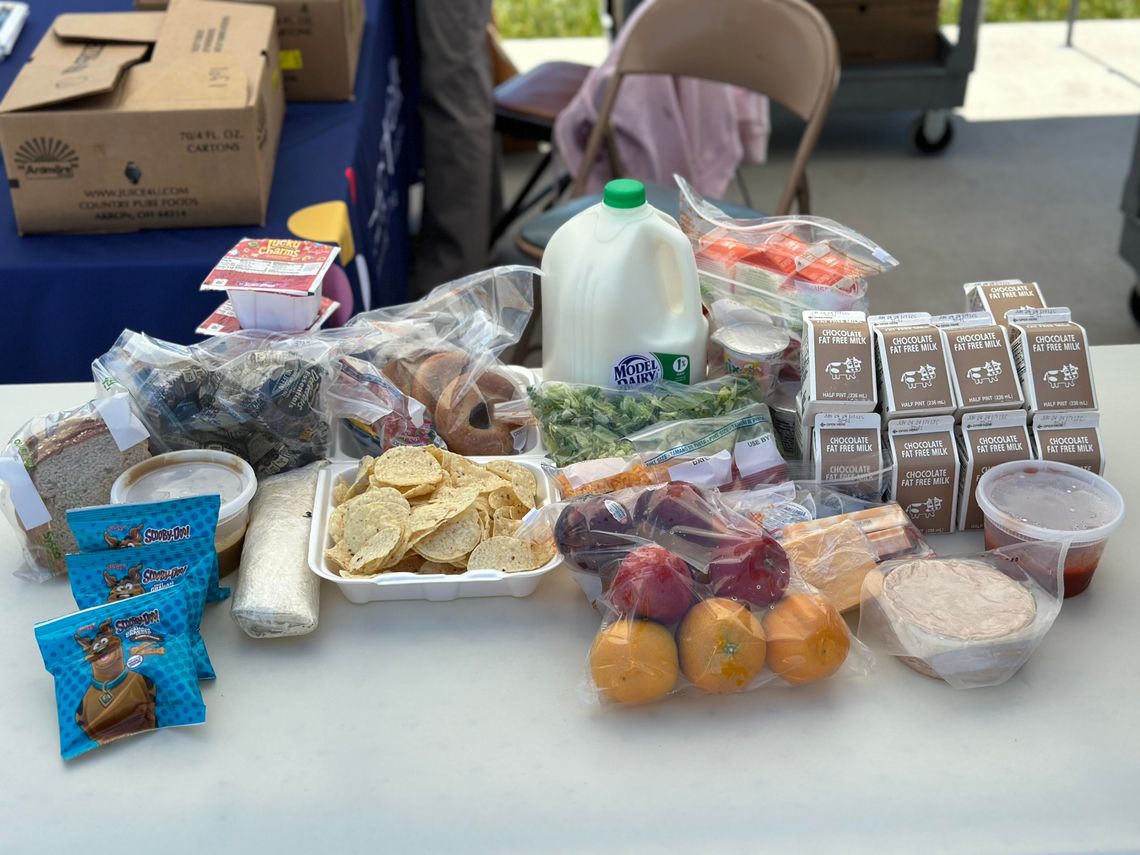
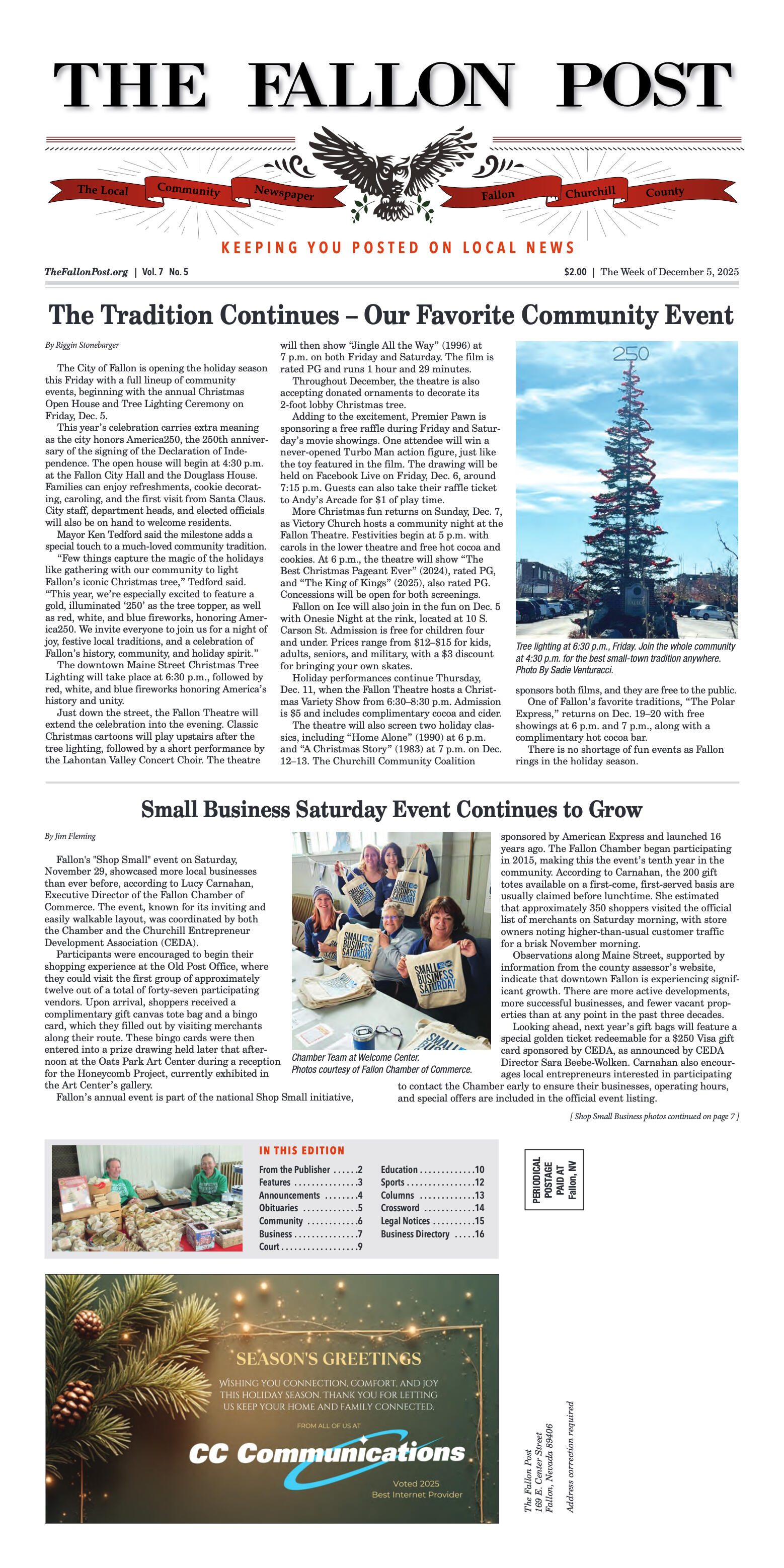
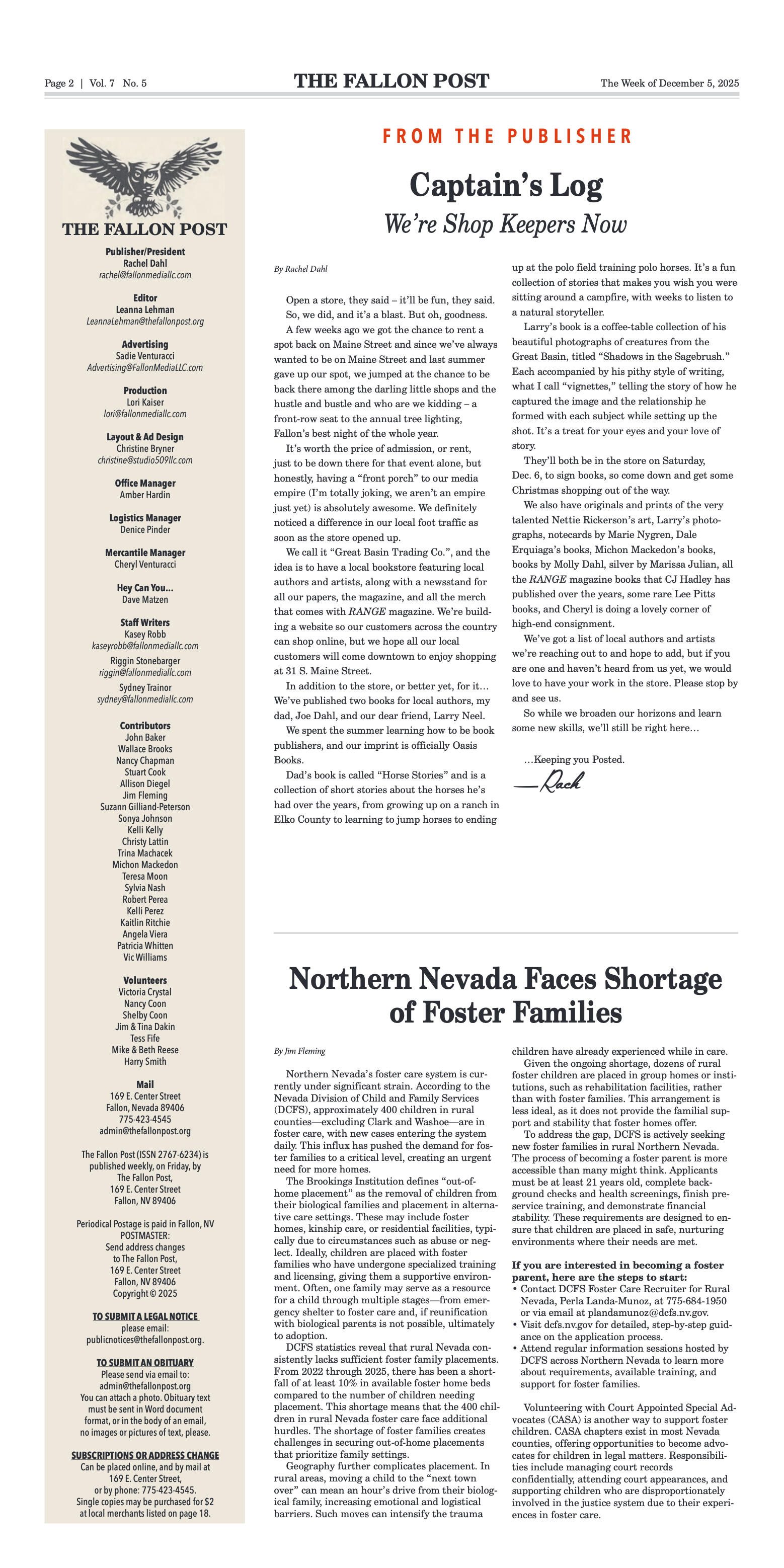
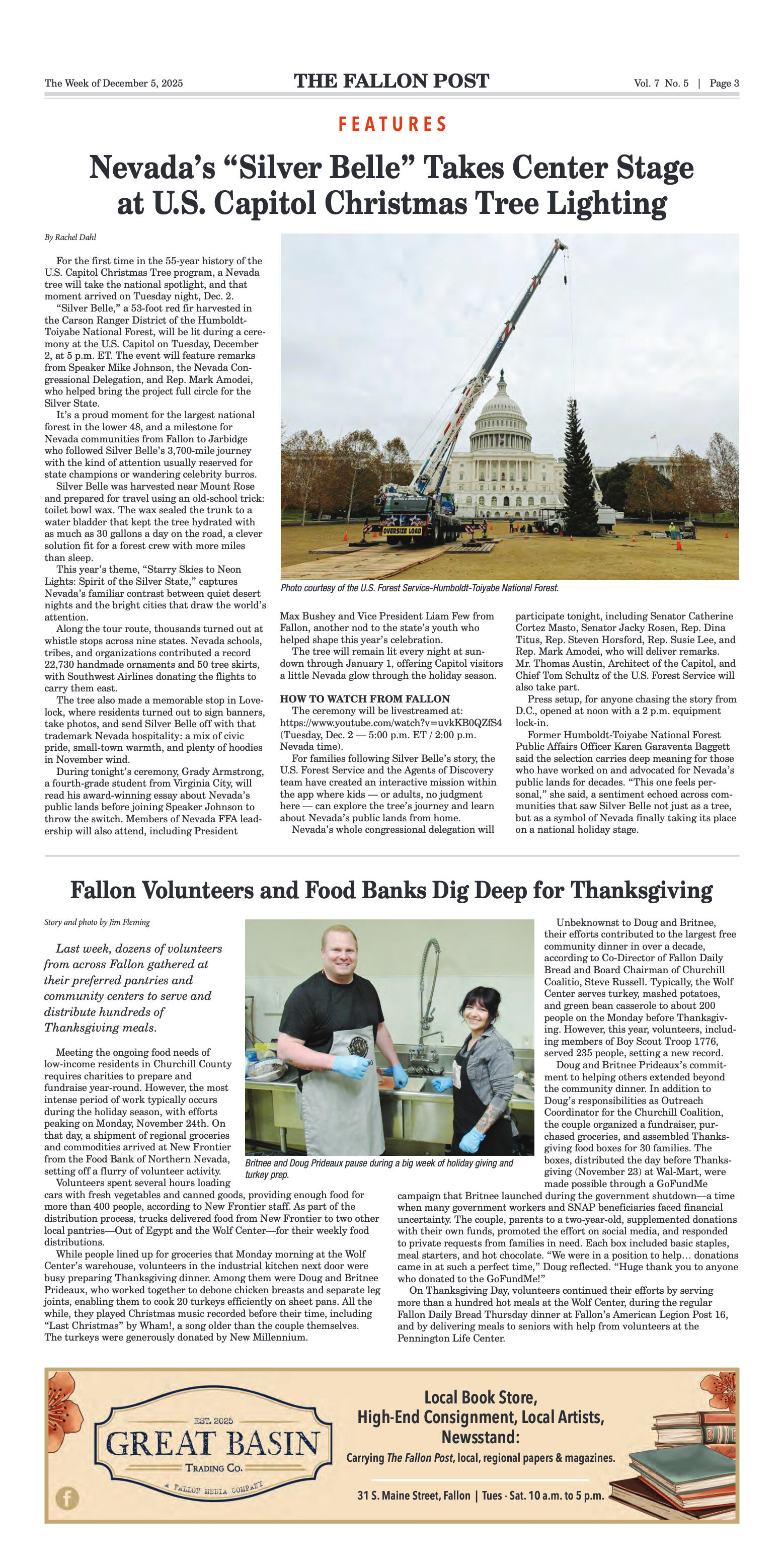

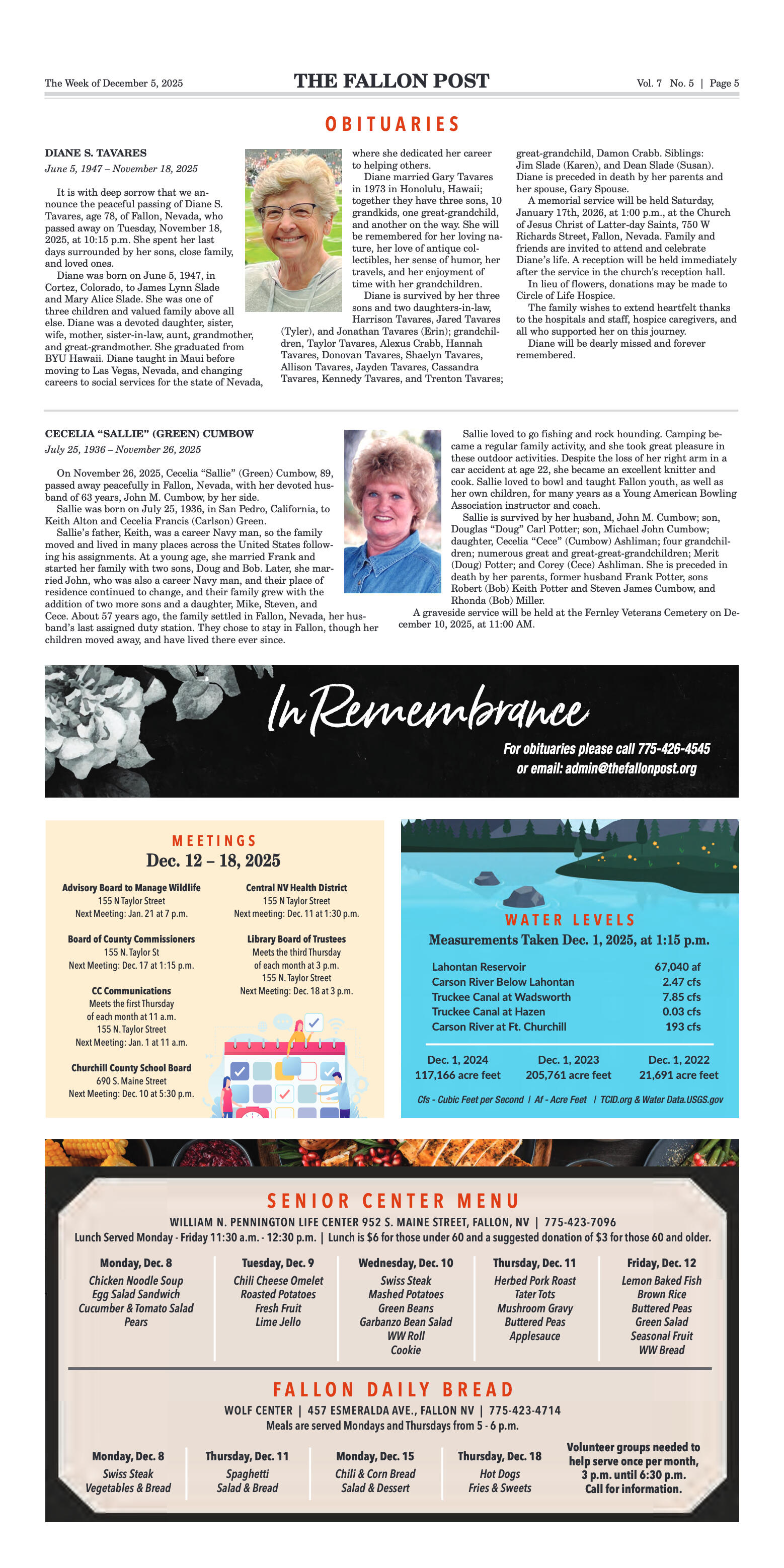



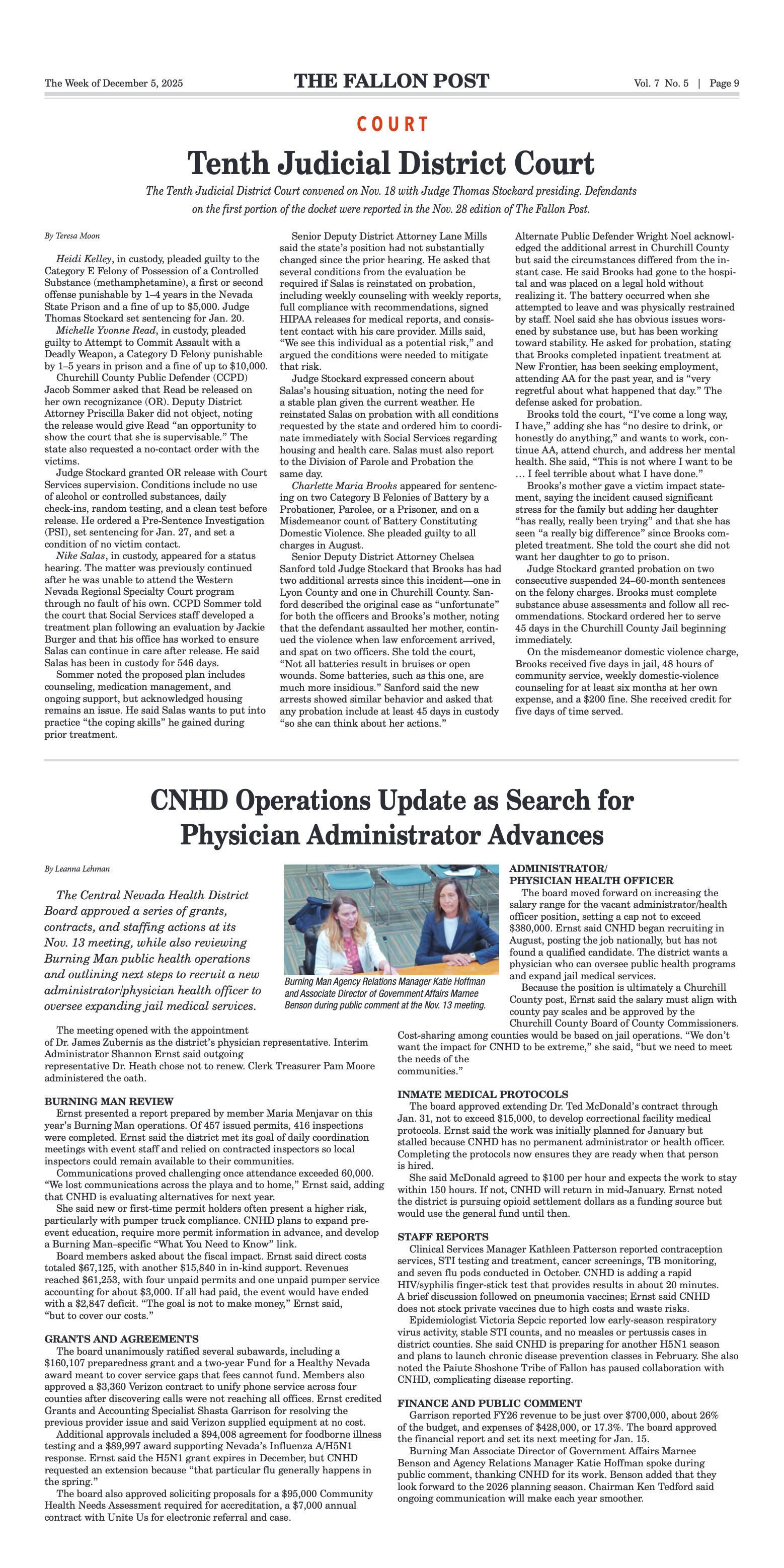
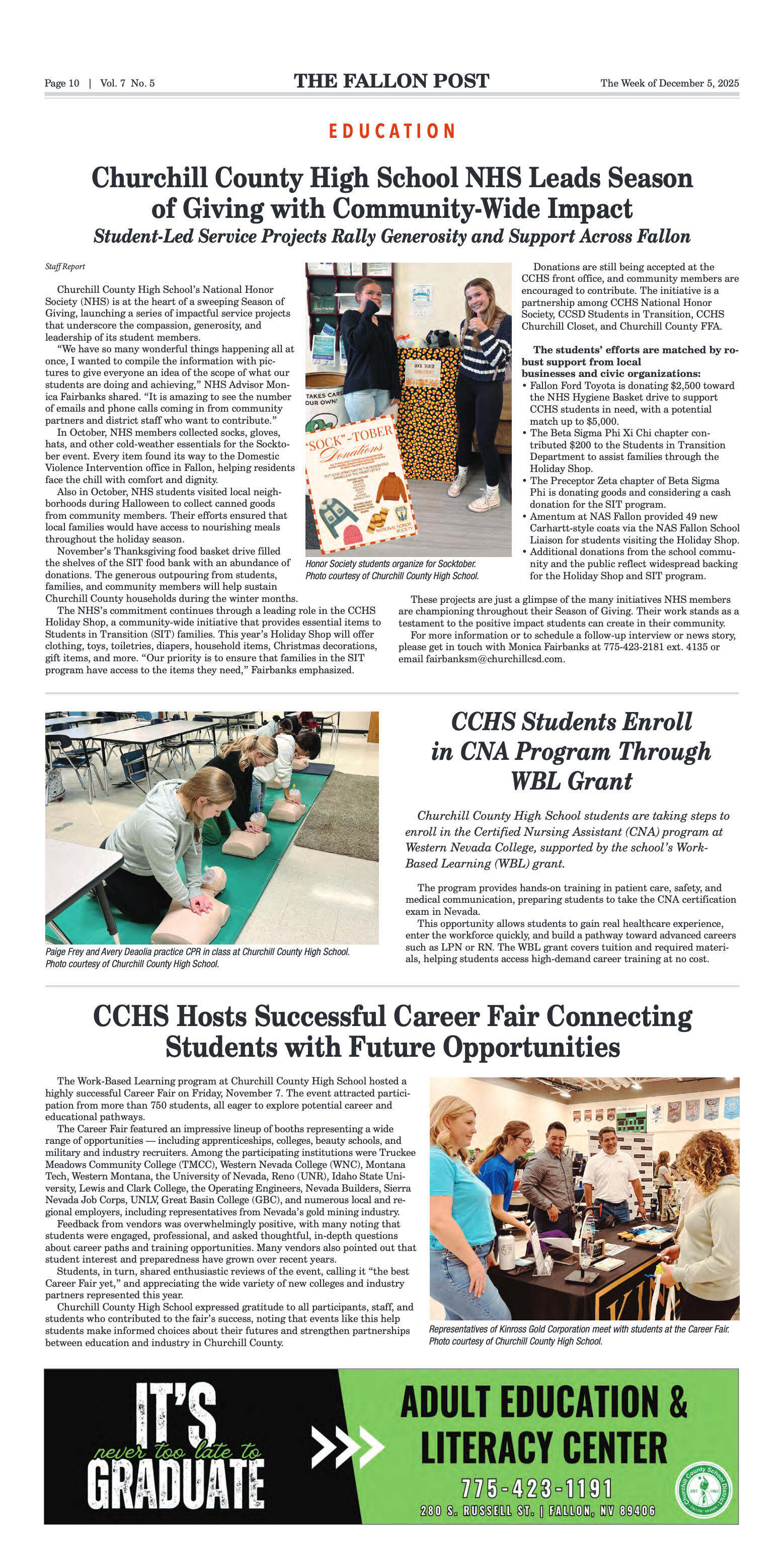
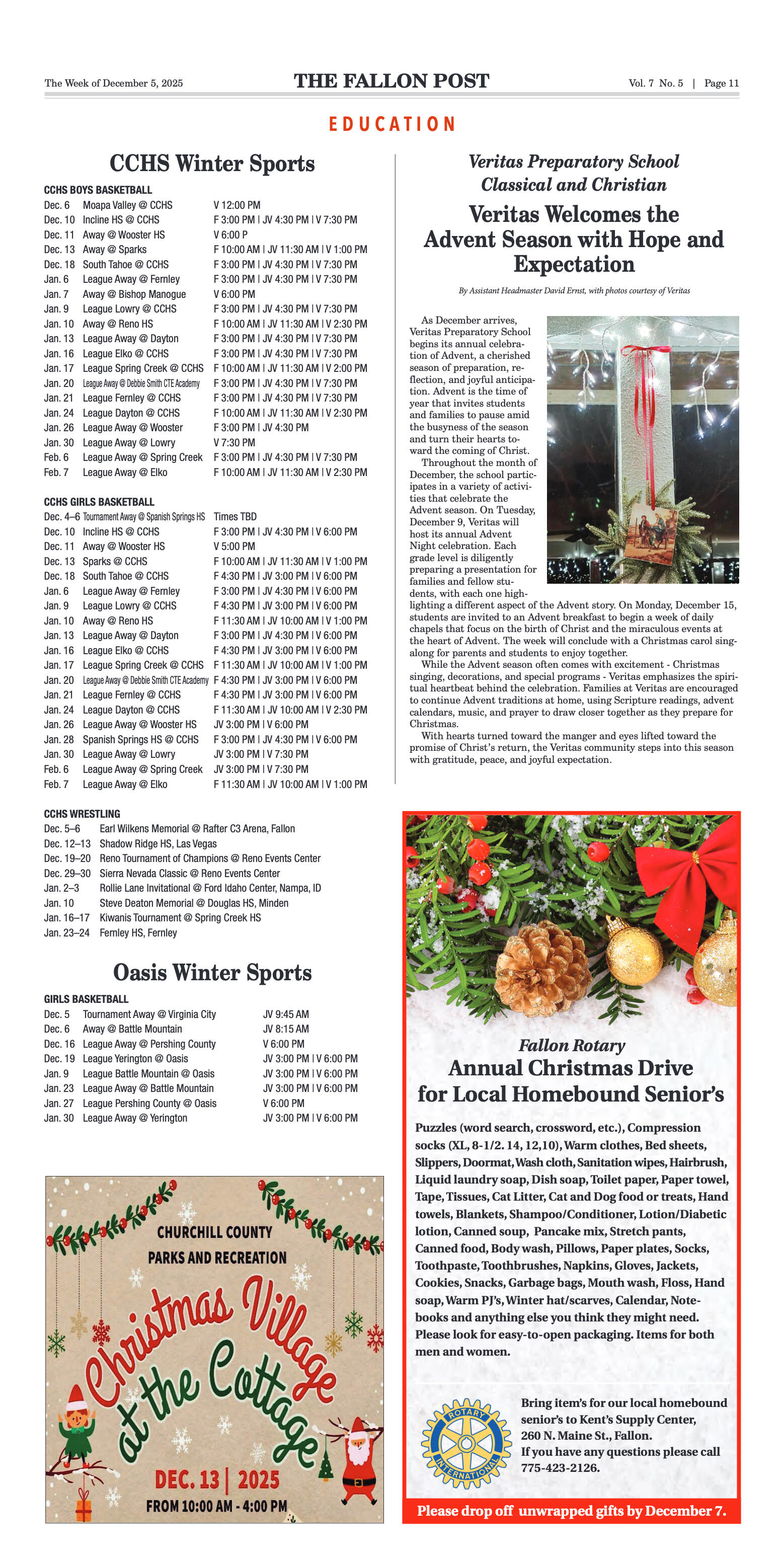

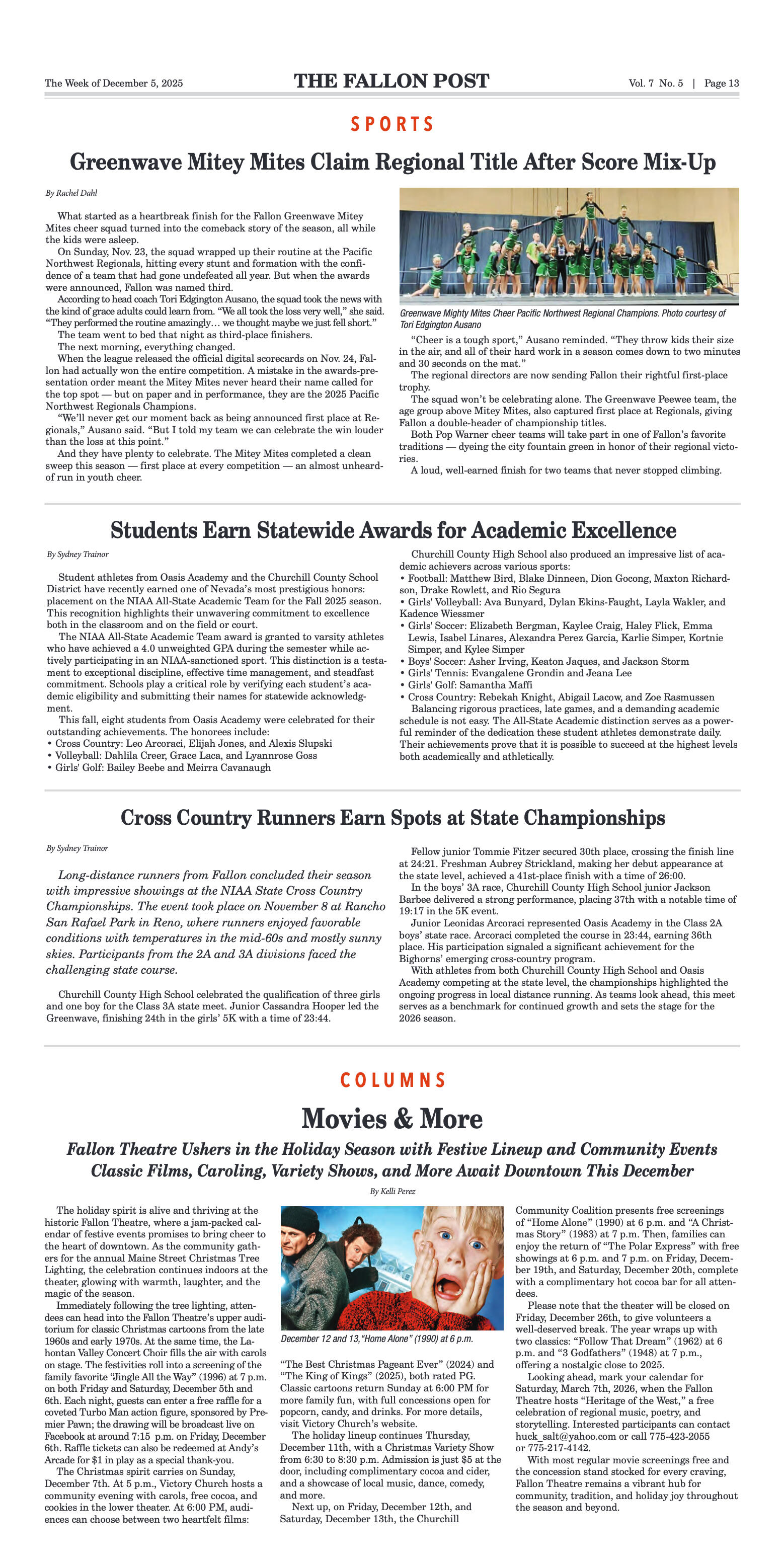

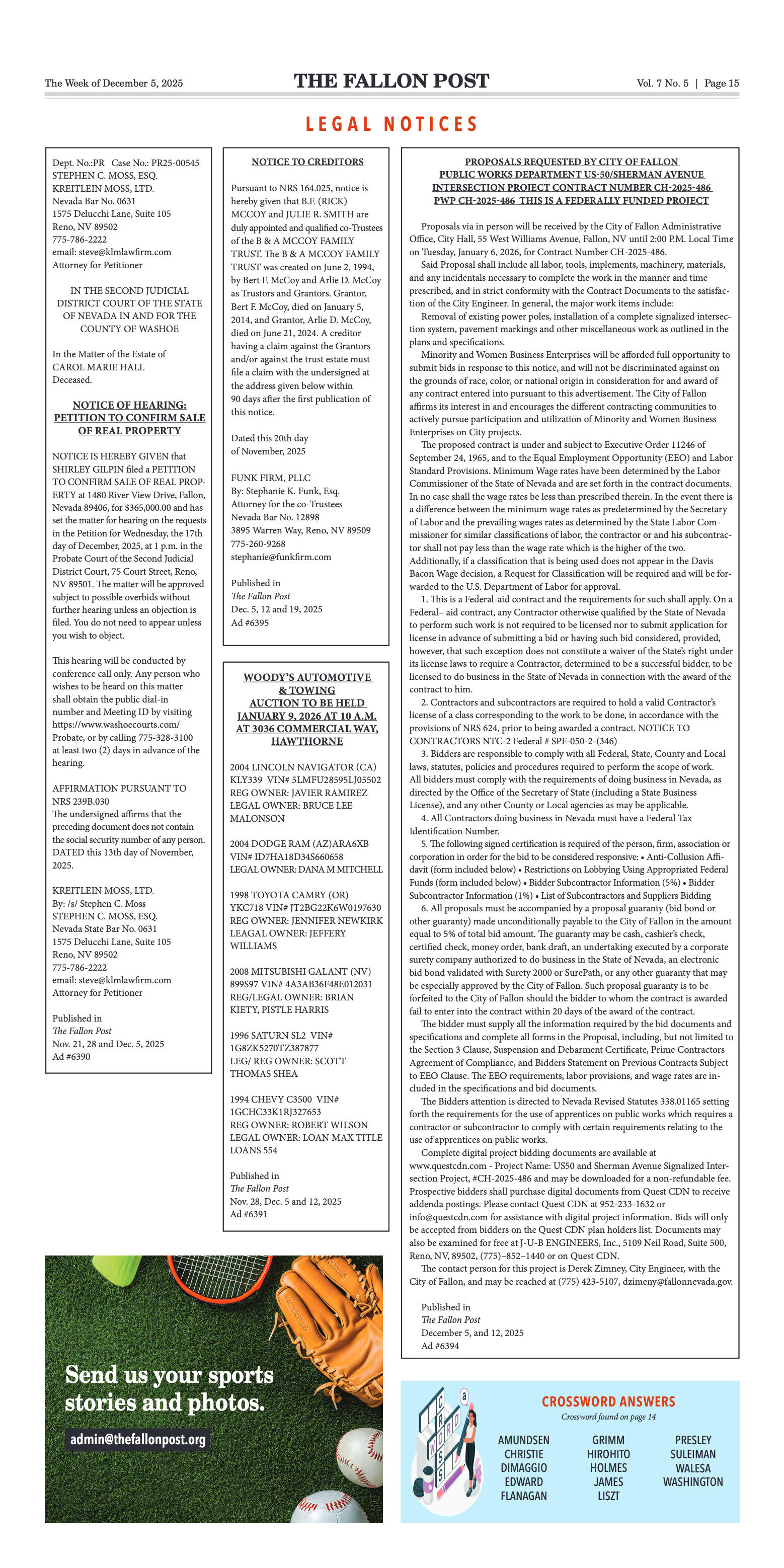





















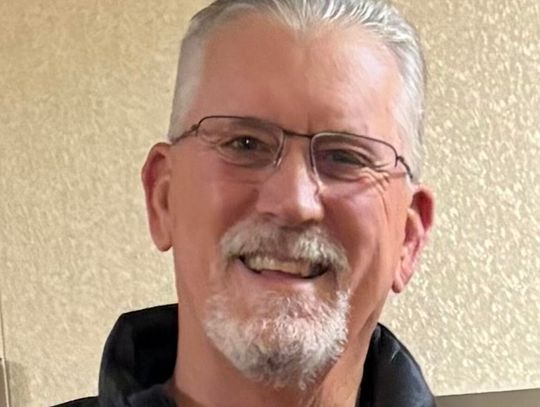
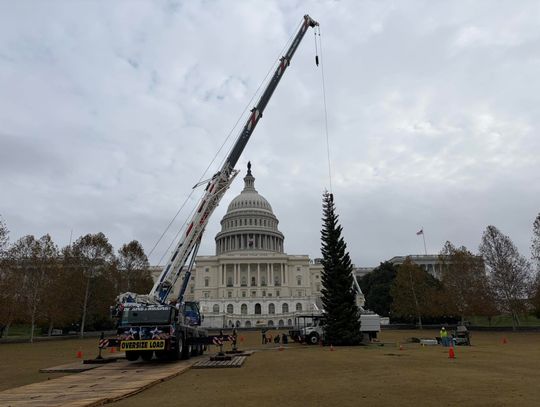




Comment
Comments